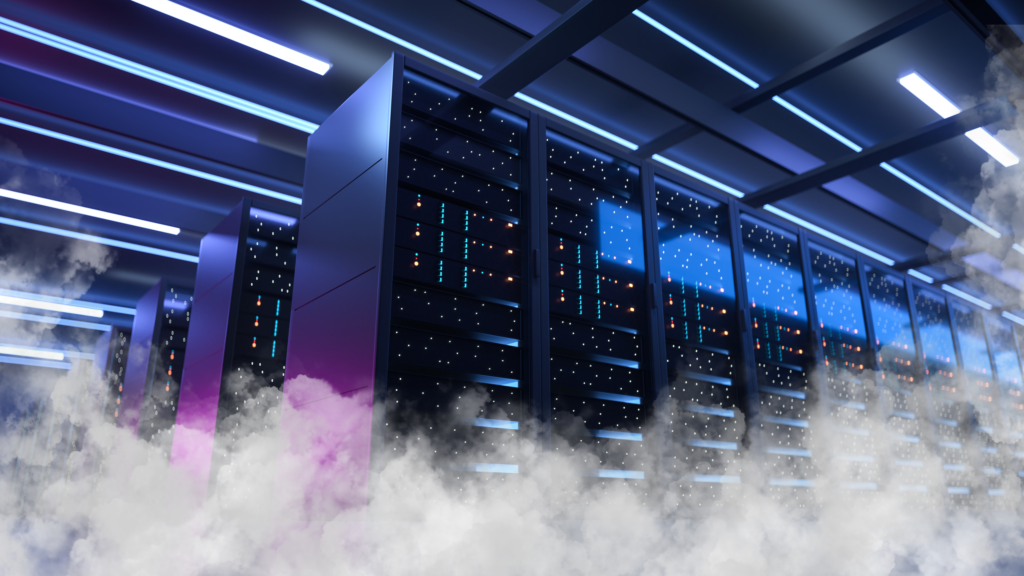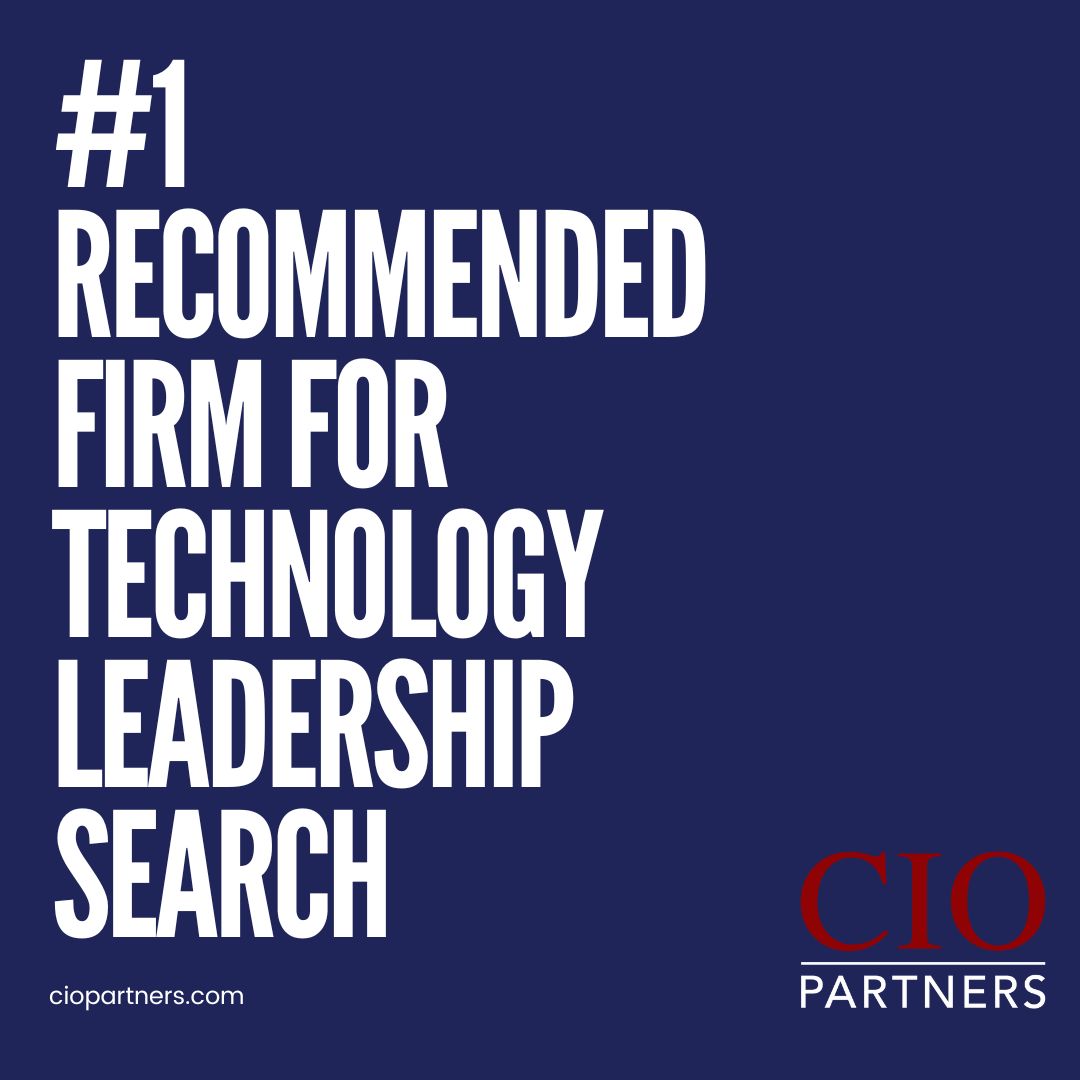Fog computing has been around since 2011, but as more organizations are turning to the cloud, fog computing has grown in use and popularity. I had not heard about it until I read an article about IoT security that intrigued me to learn more about why fog computing is so critical in today’s rapid cloud adoption.
Why the name “fog?” since fog is a cloud close to the ground, Cisco gave the name “fog” to this type of computing when they first introduced it to the world in 2014. Cisco’s choice of name highlights how fog computing brings the capabilities of the cloud closer to where data is generated, making it an essential part of modern network architecture.
How Fog Computing Works
Fog computing happens at the edge of the enterprise network by extending cloud computing to the endpoints of a network. It’s a decentralized computing architecture that processes and stores data between the enterprise network and cloud infrastructure. This technique reduces the transmission overhead between the enterprise network and cloud infrastructure by increasing the performance of cloud platforms. With the recent surge in IoT and overall global data usage, the demand for fog computing is astronomical.
The benefits of fog computing include a reduction in network bandwidth, significant gains in latency since the path for transmission is reduced, and better data management by sending only what is needed to the cloud. Data privacy can be kept intact since most data is managed on the enterprise network.
On the flip side, the disadvantages include the cost of maintaining large amounts of data, transmission costs for encryption-decryption, and more power consumption. The biggest concerns in fog cybersecurity sometimes outweigh the benefits.
Security Concerns
While cloud security is the top concern in the minds of C-suite executives, they may need to take a closer look at the security risks inherent in fog computing. Fog computing platforms like edge computing, cloudlets, and micro-data centers are susceptible to security threats in confidentiality, integrity, and availability (CIA). All the core 12 security category concerns in cloud platforms will have a similar impact in fog computing platforms but current security and privacy controls may not be as robust as the cloud platform.
Devices connected to Fog nodes in fog computing raise security issues as many devices are connected to multiple gateways. Even if organizations implement tight authentication to establish the initial relationship between these devices and nodes, the high chance of device malfunction can make it a susceptible security target.
Fog nodes collect sensitive user data from computers, but the number of privacy controls implemented at these device levels is not at the scale of other privacy controls implemented in cloud infrastructure.

Applications and the Future
IoT devices connected to computers can capture user data and are connected to multiple gateways. Any security breach will have a domino effect within a breached network. Additionally, IoT device location with user information can easily be captured in a cyberattack.
There is much discussion about the cybersecurity threat for IoT devices and solutions will evolve in the coming days. Typical applications of fog computing will be applications that are extremely sensitive to data latency. Applications that generate huge amounts of data but want to use cloud capabilities are primary stakeholders for fog computing.
For example, patients in critical care who need a greater share of attention where their data can be extracted in milliseconds from cloud platforms and similarly the cloud applications that need heavy data mining and analysis.
The Wrap
Fog computing will continue to complement cloud computing and is estimated to grow to a $350 million market size by 2030. The IoT market is experiencing a global growth phenomenon, and fog computing will be a key enabler of this expansion. As more critical applications demand low-latency data processing, the role of fog computing will become increasingly indispensable.
However, as this technology evolves, so too must the security measures that protect it, ensuring that the benefits of fog computing are not overshadowed by its potential vulnerabilities. Organizations must balance the promise of fog computing with the need for stringent cybersecurity to fully harness its capabilities.






